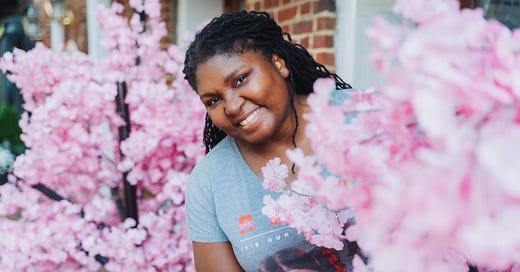The second act isn't about obstacles, it's about dates! I heard author Lisa Daly call the Fun and Games middle section of a novel a series of Three Dates and a Disaster and I loved it.
Please know that a “date” is not necessarily a wine and dine outing. It’s a scene or a sequence (a sequence is a group of scenes with a common theme) to illustrate progression in the story.
More importantly, these dates are truly Try Fail Cycles. A TFC can happen in two ways. It always starts with a plan. A first step is taken to accomplish that plan, but the protagonist meets with an obstacle. They either succeed against that obstacle and progress. Or they fail and have a setback. Regardless of whether the protagonist succeeds or fails, they will take another step and meet with another obstacle. I like three obstacles or, since I write romance, three Try Fail Dates.
Each Try Fail Date is structured around a clear plan devised by the protagonist. This plan, however, is immediately tested as they encounter an obstacle. The outcome of this confrontation can go one of two ways: the protagonist may overcome the obstacle, achieving a temporary victory and advancing their goals (this could be gaining favor, trust, or romantic interest from the other character), or they might fail, leading to a setback that complicates their situation and internal struggle.
Irrespective of the outcome—success or failure—the cycle continues. The protagonist, driven by their wants or needs, takes another step forward, only to meet another obstacle. This repeated pattern is crucial because it mimics the realistic push and pull of relationships and personal growth, where progress is often non-linear and fraught with challenges.
For a romance novel, envisioning these Try Fail Cycles as three significant "dates" can be particularly effective. This structure not only ensures a rhythm to the narrative but also mirrors classic romantic storytelling arcs where the third act or climax often resolves the tension built up from previous encounters. Each date should escalate the stakes and deepen the emotional investment, leading to a climax where the protagonist must finally reconcile their False Identity with their True Essence.
In crafting these scenes, consider the following:
Character Depth: Use each date to peel back layers of the protagonist's character, revealing vulnerabilities and desires that they might not even be fully aware of.
Escalating Stakes: With each successive date, increase the stakes. This could be emotional stakes, such as the risk of heartbreak, or external stakes, such as potential repercussions from the antagonist.
Reflective Endings: Each date should end in a moment of reflection or decision that sets the stage for the next cycle, pushing the protagonist to consider what they've learned and how badly they want their goals.
The final date, The Disaster, is likely where the Dark Moment would happen. Remember, you don't have to break your characters up, but this last date should be a huge test to the relationship so that readers will believe in the happily ever after -and that it will last!




Hi! Great article! Where does the midpoint fit into the three dates? Two dates before the midpoint and then the third date after the midpoint but before the all is lost/disaster scene? Thank you